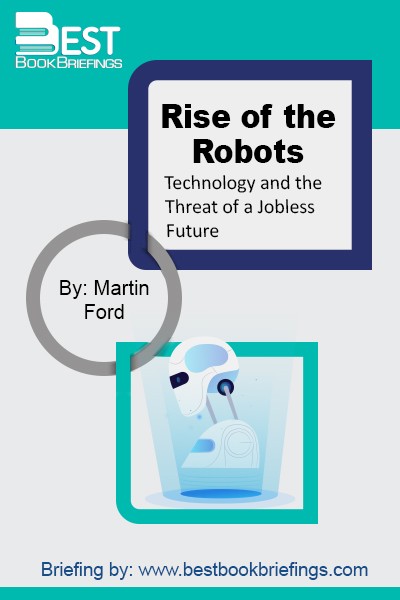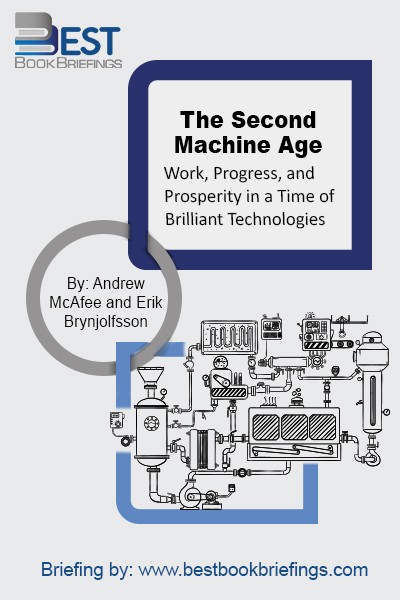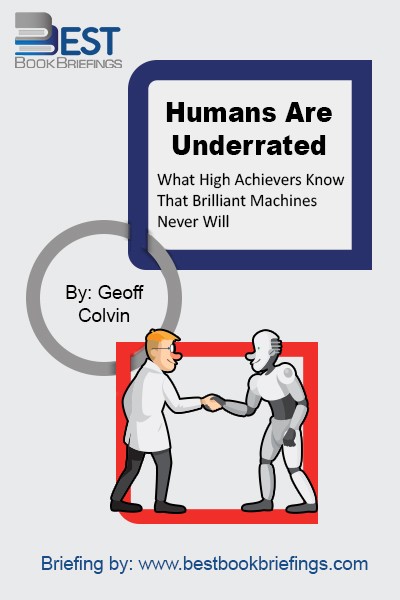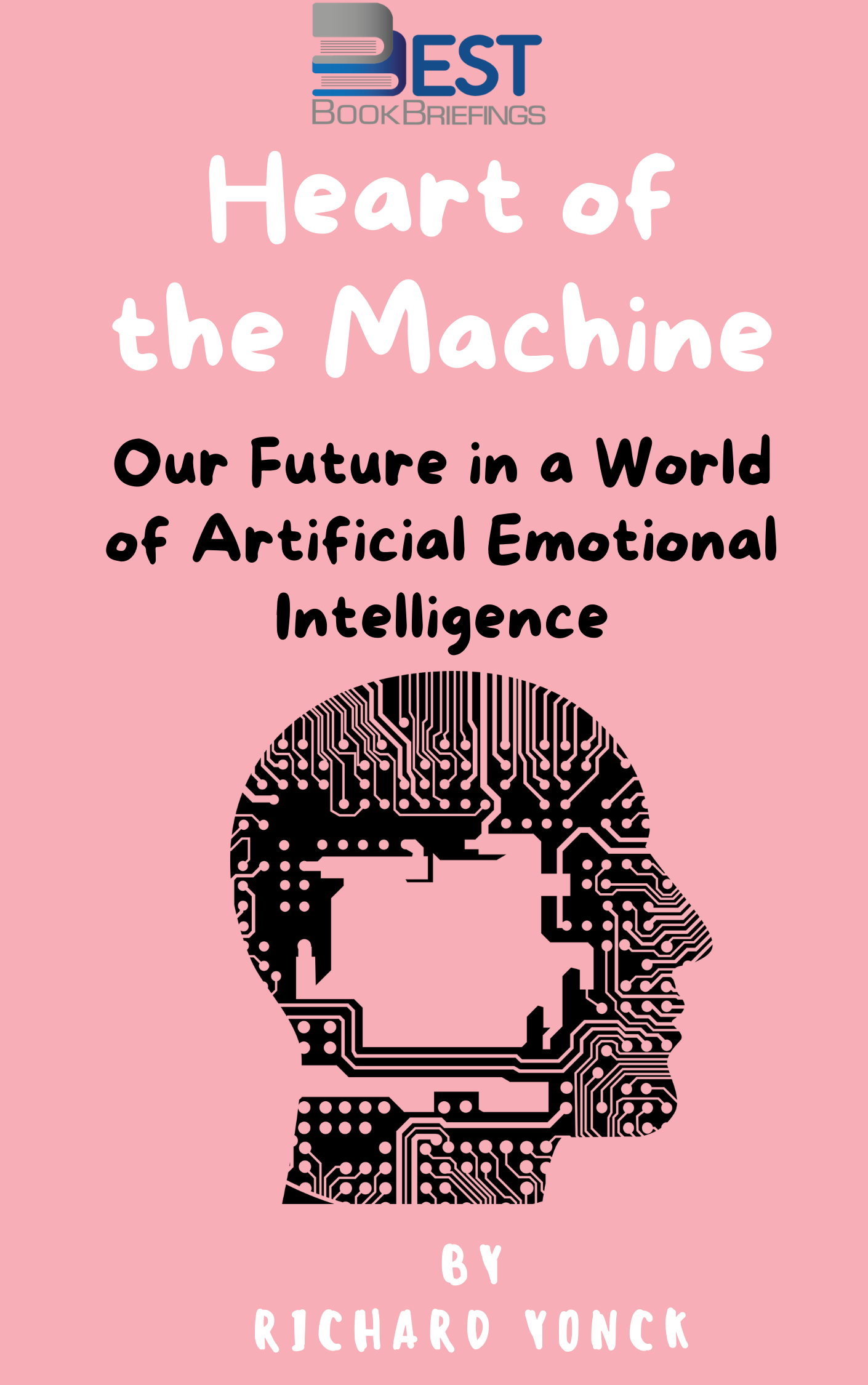Heart of the Machine
Our Future in a World of Artificial Emotional Intelligence
Number of pages: 328
Publisher: Arcade Publishing
BBB Library: Technology and Globalization
ISBN: 978-1628727333
Editorial Review
Instilling emotions into computers is the next leap in our centuries-old obsession with creating machines that replicate humans. But for every benefit this progress may bring to our lives, there is a possible pitfall. Emotion recognition could lead to advanced surveillance, and the same technology that can manipulate our feelings could become a method of mass control. And, as shown in movies like Her and Ex Machina, our society already holds a deep-seated anxiety about what might happen if machines could actually feel and break free from our control. Heart of the Machine is an exploration of the new and inevitable ways in which mankind and technology will interact.
Book Reviews
Books on Related Topics

One widely held belief that is certain to be challenged is the assumption that automation is primarily a threat to workers who have little education and lower-skill levels. That assumption emerges from the fact that such jobs tend to be routine and repetitive. Before you get too comfortable with that idea,

In The Second Machine Age MIT’s Erik Brynjolfsson and Andrew McAfee—two thinkers at the forefront of their field—reveal the forces driving the reinvention of our lives and our economy. As the full impact of digital technologies is felt, we will realize immense bounty in the form of dazzling personal technology, advanced infrastructure, and

In the economy of a few years from now, what will people do better than computers? Technology is rapidly invading fields that it once could not touch, driving cars better than humans do, predicting Supreme Court decisions better than legal experts, packing boxes, identifying faces, scurrying around hospitals delivering medications, all



